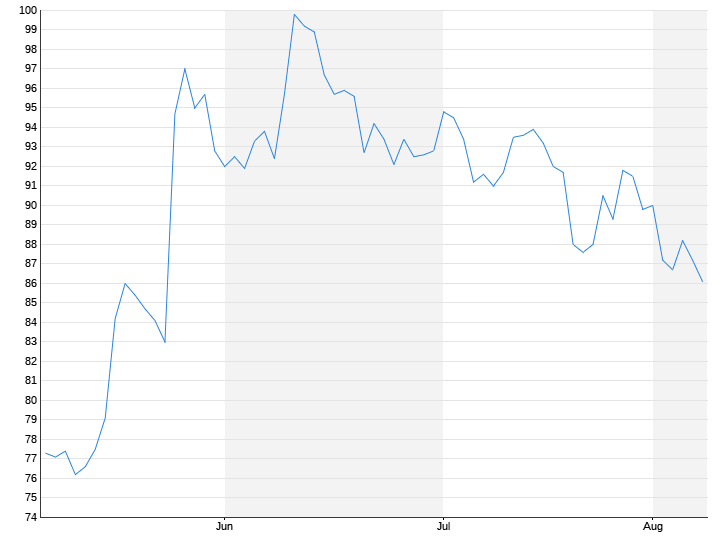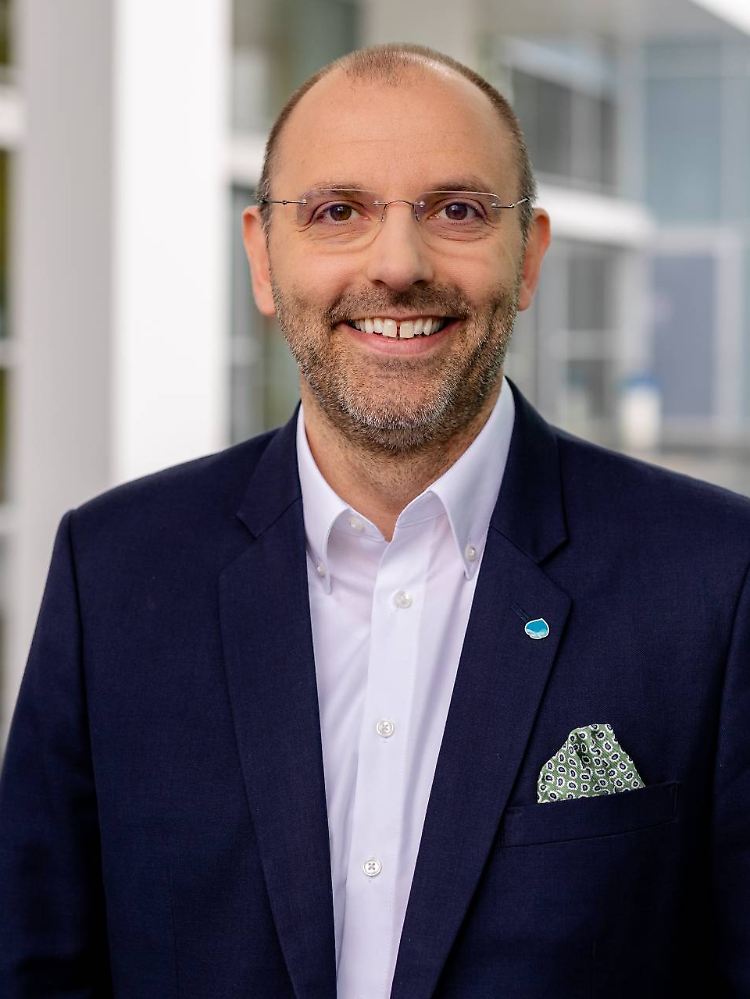Billions for factory in Dresden
Are the lavish TSMC subsidies worth it?
8/8/2023 4:29 p.m
The chip manufacturer TSMC from Taiwan settles in Dresden. The deal is also made possible by high subsidies. In an interview, semiconductor expert Fintl explains whether the industry giant would have come to Germany without the financial support and how much more expensive the chips from Dresden will be.
ntv.de: What draws TSMC to Dresden?
Peter Fintl: The semiconductor industry has already discovered its interest in Europe in recent years. Many companies want to diversify their production with factories outside of China. Dresden is particularly interesting for TSMC because the city is a very traditional semiconductor location. Already in GDR times, an entire ecosystem developed in the vicinity of the city, which, in addition to research, also provides services and manufactures preliminary products. These are very important location factors.
However, the federal government is also subsidizing the construction of the factory with a whopping five billion euros. Would TSMC have come to Germany without the financial support?
As so often, the same applies here: the country with the most attractive offer wins the competition. This includes skilled workers, safe environmental conditions, low energy prices, good logistics connections and the appropriate financial package. The discussion about the subsidies is often very dogmatic and unfortunately also shortened. Compared to Asia, Europe and the USA have clear locational disadvantages. This applies in particular to costs, standards and bureaucracy. That cannot be argued away. The subsidies that the USA and Europe are now resorting to compensate for the locational disadvantages to a certain extent. In order to keep up with Asia, you either have to create better framework conditions in the long term or you have to compensate for the corresponding disadvantages directly with subsidies.
Is the federal government’s billion-euro investment money well spent?
I think so. There is a lot of discussion about why so much money is being spent on this technology on the one hand and why European companies are not benefiting from it on the other. But it is important to understand that the semiconductor industry does not only employ the people in the factories. Rather, it employs an entire ecosystem around it, which together produces products that our modern society depends on. Sure, there’s no point promoting a single company or a single technology. But I don’t see this danger. What Europe needs is a whole mix, a whole range of technologies that you bring to the continent. But we have to remember: Of course, Europe wants to cooperate with companies that are leaders in their field and from whom you can learn something. It is not always just technological knowledge that flows out of Europe. It’s also coming back to Europe with TSMC. And in this respect it makes sense to bring new partners into the country who are top in their field.
TSMC primarily wants to produce chips for the automotive industry. What role does the company play in building a semiconductor ecosystem in Germany?

Germany and Europe already have a functioning semiconductor ecosystem. Europe and the European semiconductor manufacturers already play an important role in certain technologies. However, it is also true that Europe currently has nothing to show for production capacities for the finest chip structures, such as those used in processors for computers or smartphones. Europe going it alone does not make sense financially or in terms of time. The task now is to find out how to work with partners in these technology niches in order to learn from them.
To what extent will Infineon, Intel and TSMC be able to counteract the shortage of semiconductors? Are companies making us independent of China and the US?
The semiconductor industry is generally a very networked sector. Many chips see multiple continents during their manufacturing process. The raw materials and preliminary products also come from suppliers all over the world. That doesn’t change overnight. But every plant counts – because their construction is extremely expensive and time-consuming. Every step towards improved resilience is important.
How much more expensive are Dresden chips compared to those from Taiwan or China?
Of course, high labor and energy costs in Europe result in a number of locational disadvantages. It remains to be seen how high the euro premium will be for semiconductors at the end. Why? There are several levers to optimize costs. For example in manufacturing technology, energy efficiency or the use of production resources. Here, too, it is up to the legislator to set stable and competitive framework conditions in the coming years.
The Taiwanese group recently expressed concerns that there could be a shortage of skilled workers at the Dresden site. Are the concerns justified?
The shortage of skilled workers undoubtedly runs through many sectors in Germany, maybe even Europe. There will probably be a short-term bottleneck. Dresden, as a traditional semiconductor location, is able to train specialists quickly and thus allow the pool of experts to grow. In the medium term, Germany has good chances of meeting the demand for qualified specialists.
Most recently, after lengthy negotiations, the US company Intel awarded the contract for the construction of a chip factory in Magdeburg. Will more companies find their way to Germany in the future?
That is to be hoped for Germany as a location. In reality, however, it is a game at European level. On the one hand, I think the EU has created a powerful instrument with the Chips Act to attract companies to Europe. But that’s only part of the truth. The Chips Act is very extensive and powerful, but cannot by itself finance all projects from the European side. That means: It also needs a good portion of money and commitment from the respective nation states. And it has to be said: These projects are very extensive. This means that in the end the big EU countries will decide the race for the new locations for semiconductor factories among themselves.
Juliane Kipper spoke to Peter Fintl
